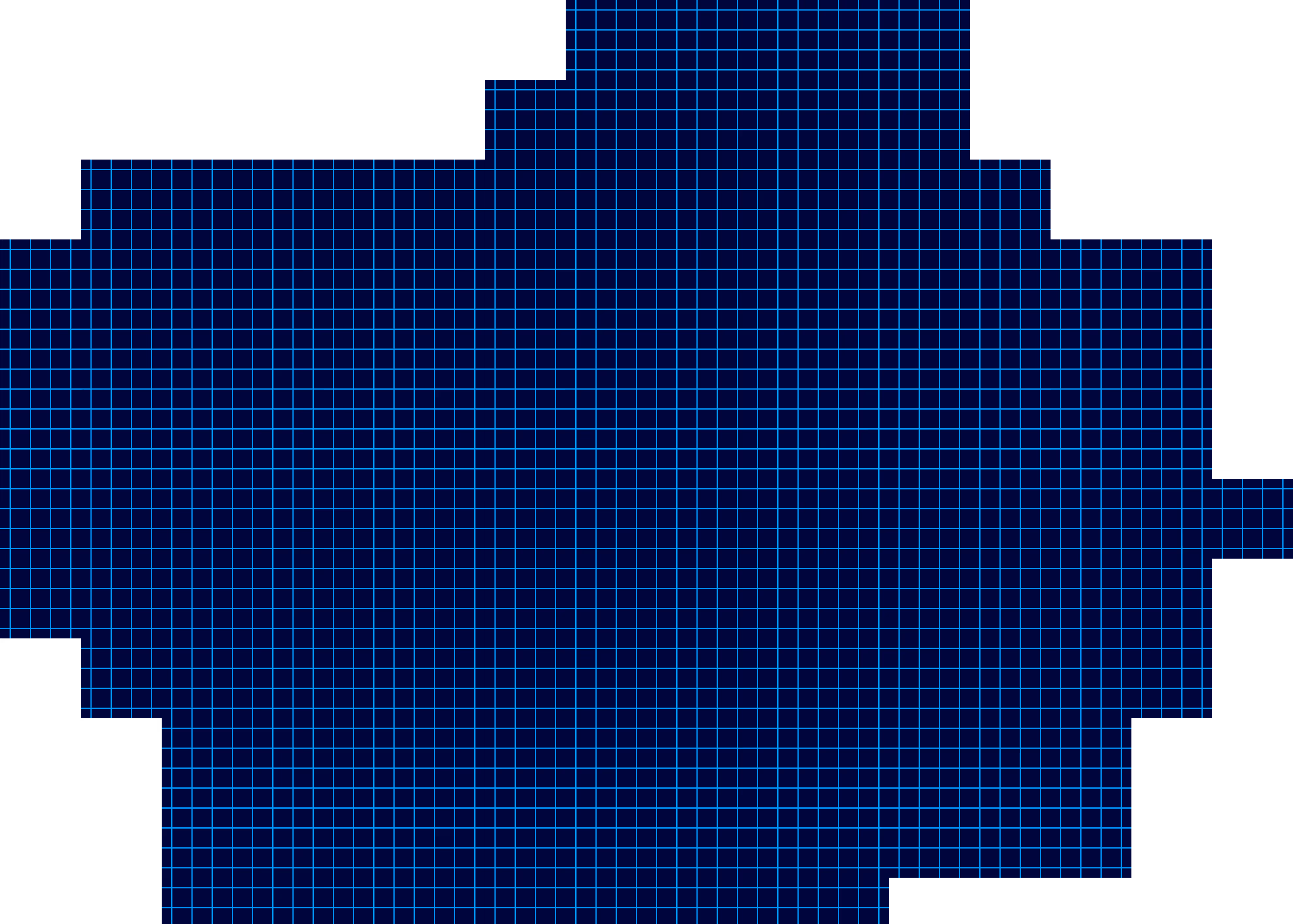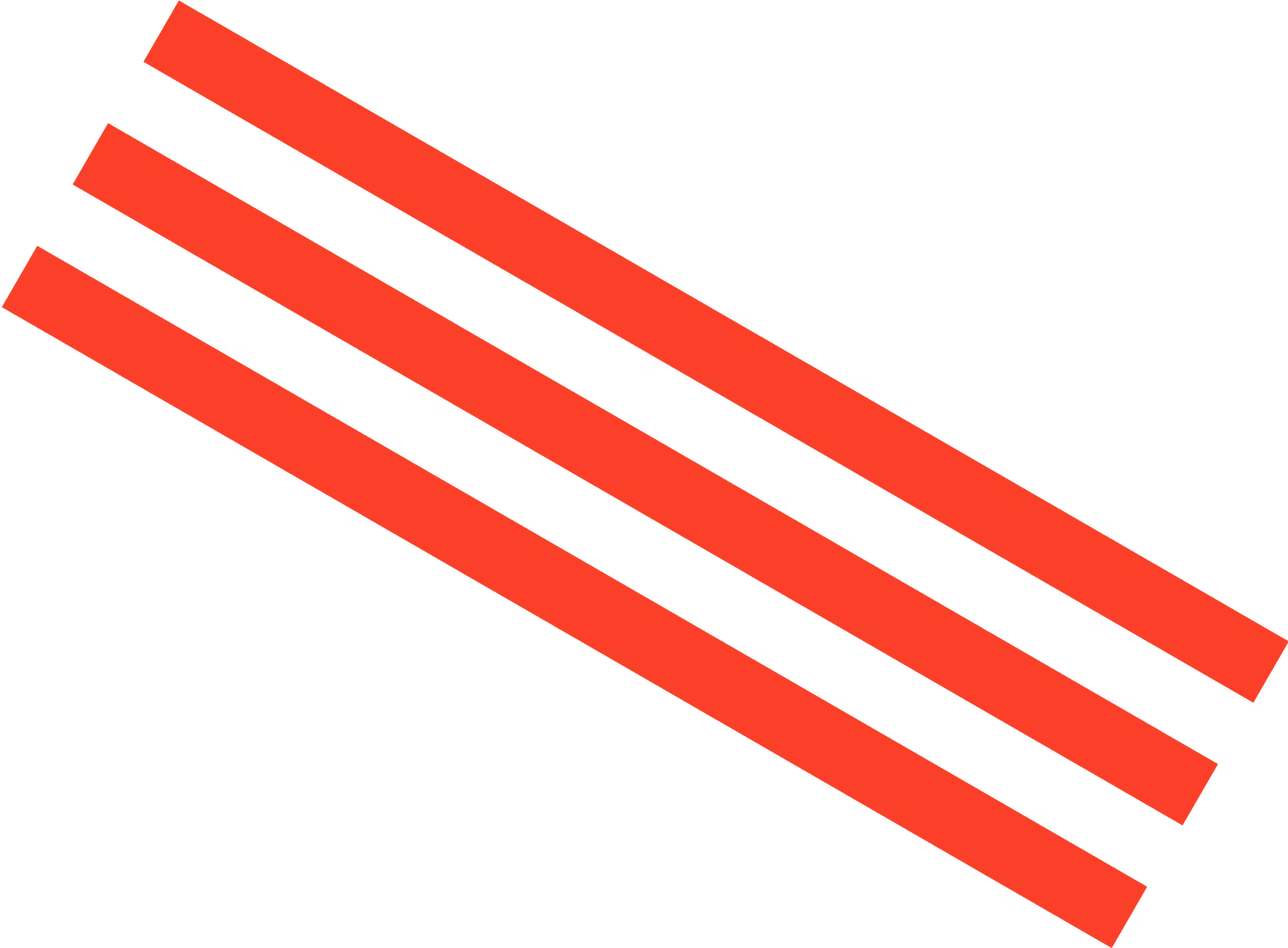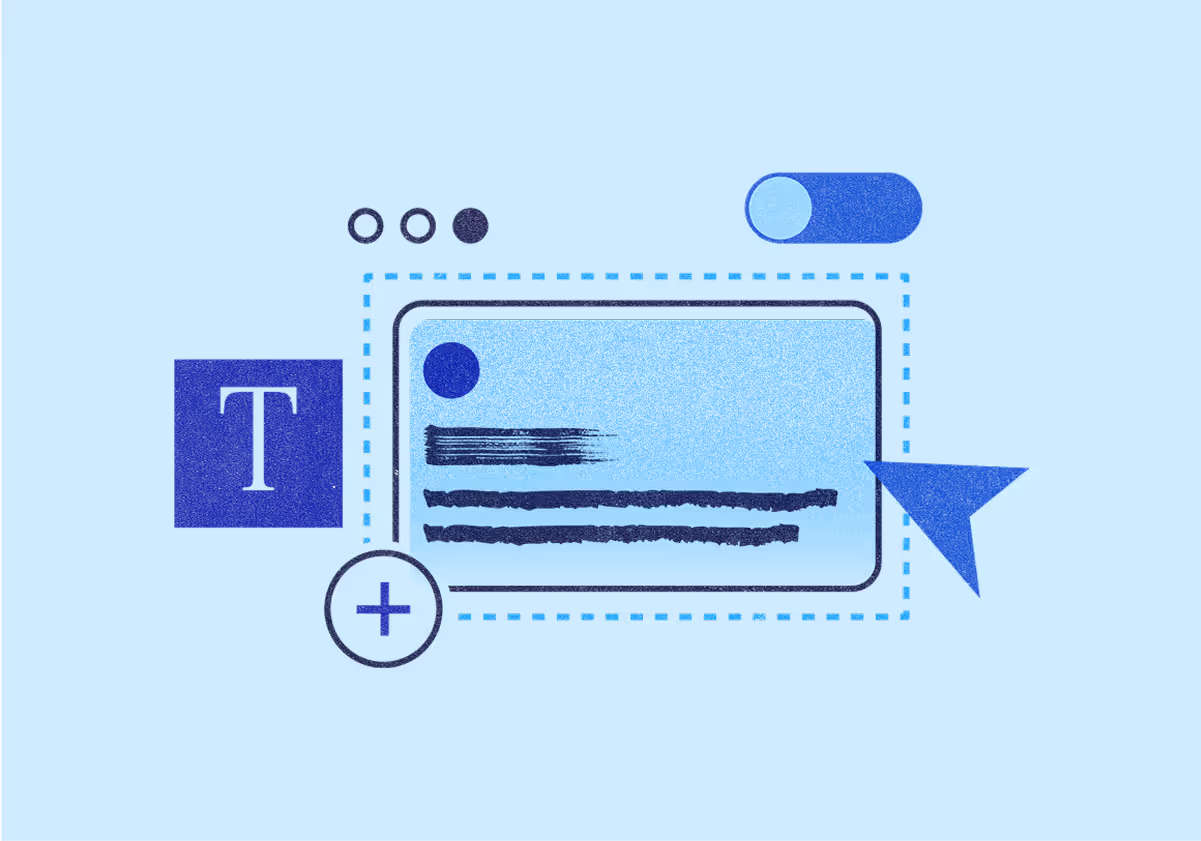Jasper Marketing
November 12, 2024
How to Upscale an Image + Best Tools for 2025
Discover the tools that can help you upscale an image, remove noise, and recover intricate details.

Visuals are the lifeblood of the internet. Our culture has become increasingly visual, and communicating with emojis, pictures, and videos has become second nature to us.
However, the fact that images are increasingly creeping into all aspects of our lives means only one thing: expectations for image quality in today’s digital world are higher than ever.
Here’s where things get complicated for businesses: Keeping a high bar, especially with a high volume of images, is not easy. The good news is that there are tools that can help you upscale an image, remove noise, and recover intricate details.
If you’re wondering what image upscaling is, why marketers need to upscale an image, and how to find the right tools, keep reading. We’ll answer all these questions and recommend the best image upscaling tools you can test immediately.
What Is Image Upscaling?
Image upscaling is the process of transforming a low-resolution image input and creating a restored and upscaled version of the same image as an output.
If you’ve ever struggled with visuals that have pixelation issues or loss of quality, you know the hurdles. Modern methods mitigate these challenges. Image upscaling is like the magic trick of the digital world—it takes a blurry, pixelated image and makes it look sharp and high-quality without actually snapping a new, better shot. This tech is especially handy for designers, marketers, and anyone needing a high-resolution image but only has a low-resolution one to work with.
Why Do Marketers Need to Upscale an Image?
“Blurry images are fine,”...said no marketer ever. High-quality images are essential for grabbing attention—whether in an ad, social media post, or website—and the better your visuals, the more professional and trustworthy your brand looks.
Let’s look at some of the most common use cases and scenarios when marketers need to upscale an image:
- Update existing assets to fit a new format: In some situations, marketers have assets that may need updating to fit a new format or dimension. For example, an existing campaign asset was used for a lower resolution channel (Google Display) and now needs to be used on a higher resolution format (LinkedIn Ads).
- Maintain ecommerce product pages: Image upscaling can also be extremely powerful for ecommerce marketers tasked with maintaining and updating hundreds of thousands or even millions of product images.
- Repurpose assets for different marketing needs: Other use cases include upscaling an image for print, improving resolution for web use, and enlarging images for presentations.
How to Find the Right Tool for Image Upscaling
Before we dive into the tools that can help you upscale an image, let’s look at the factors you need to consider when choosing the right tool for your business.
- Identify your needs: Start by understanding the scope of your needs. Are you upscaling images for a one-off project, or are you going to need to process a whole bunch of them regularly? Knowing your specific needs will help you avoid getting bogged down in tools that offer way more than you’ll ever use—or worse, tools that don’t have the basic features you actually need. It’s about making sure you’re not wasting time and money on something that doesn’t fit.
- Look at key features: Not all upscaling tools are created equal, and what’s important for one project may not matter at all for another. Pay attention to features like AI-enhanced upscaling (because, let’s face it, you want that digital wizardry), support for multiple formats, and how well it handles image quality. Some tools may give you basic resizing, while others might add cool enhancements like noise reduction or detail restoration.
- Choose between online and software-based tools: Online tools are incredibly convenient—perfect for quick image upscaling when you don’t want to fuss with downloads or software installations. If you're upscaling images on a regular basis you might prefer the power, flexibility, and control that software solutions offer. Ultimately, it comes down to what fits your workflow.
- Test the tool: Most image upscaling tools have free trials or limited versions, so take them for a spin before pulling out your credit card. Check out how it handles different types of images, whether it’s easy to use, and whether it delivers the expected quality.
- Read reviews: Take the time to check out what other users are saying about the tool, especially those in your industry. Are they thrilled with the results, or are they complaining about poor image quality and glitches? Just because a tool has a ton of stars doesn’t mean it’s right for your business.
- Compare price and value: Look at what you're getting for your money. Does it justify the cost? Will it save you time or improve your workflow in a way that’s worth the investment? Think about your business needs and your budget, and then make sure you’re not paying for a bunch of bells and whistles you don’t need.
Tools and Software for Upscaling Images
If you’re looking for a tool to help you upscale images, we’ve got you covered. Here’s a roundup of tools for upscaling images, including online tools, desktop software solutions, and mobile apps. Let’s dive in.
Online Tools
Online tools offer you a quick and convenient way to upscale an image without the need to download software.
Jasper

Jasper is a purpose-built generative AI platform for marketing that empowers teams and helps them scale content production. The AI Image Suite is part of the platform and it allows marketing teams to create and edit high-quality images at a scale like never before.
From replacing and removing backgrounds to upscaling and resizing images, removing text, and reimagining complete compositions, the AI Image Suite does it all. With Jasper, images are no longer a bottleneck for launching new products or campaigns. You can upscale your images by up to 16x in seconds, removing noise and recovering beautiful detail.
Freepik

Freepik is a digital platform that provides high-quality graphic resources for designers and creatives. Besides this, Freepik has an AI creative suite with tools for generating images, upscaling, retouching, expanding, and creating images from sketches.
Using the image upscaler, you can upload an image and boost its quality. You can also select the output quality and imagination levels. Choose between 2K or 4K quality and adjust the imagination level if you want to increase or decrease the amount of details that the AI adds by default.
Desktop Software
Desktop software is a heavy-duty solution that gives you more control and robust features but also requires downloading and installing software.
Adobe Photoshop

Adobe Photoshop is a digital image editing and design software used by professionals worldwide for design, photography, video editing, and more.
One of the many features that Adobe Photoshop offers is image upscaling. Photoshop uses AI technology to enhance low-quality pictures, bringing photos to life with improved clarity, resolution, and color.
GIMP

GIMP is a free and open-source cross-platform image editor available for GNU/Linux, macOS, Windows, and more operating systems, used for tasks such as photo retouching, image editing, and image upscaling.
Using GIMP to upscale images is an effective way to enhance both the size and quality of your photos, making them ideal for a variety of uses. GIMP’s advanced tools help preserve sharpness and detail for different formats, such as JPEGs and PNGs, ensuring your images look their best.
Mobile Apps
A mobile app is a pocket-sized solution ideal for when you’re on the go and away from the desktop but still need to make an image look sharp.
Adobe Photoshop Express

Adobe Photoshop Express is a mobile app for iOS and Android, made for all-in-one photo editing and sharing. Unlike Photoshop, Photoshop Express is specifically built for mobile device photography.
While Photoshop Express does a decent job for basic resizing, keep in mind that it doesn't have advanced upscaling algorithms like Adobe Photoshop or other AI-powered tools. For the best results when working with large increases in image size, you'd probably want to use the desktop version of Photoshop or a specialized upscaling tool.
Remini

Remini AI is an app that uses artificial intelligence to unblur, restore, and enhance any image. The app allows you to increase the image size up to 2x or up to 4096x4096px.
With Remini’s low-quality enhancer, you can transform low-quality images to high resolution in one click. This can transform your grainy, pixelated photos by restoring their quality and detail, while AI ensures that your images stay sharp and free of flaws.
Key takeaways
We live in a visual world, and high-quality visuals have, by this point, become a web convention. If you’re struggling with low-quality images that you want to upscale, here are some tools we recommend:
- Jasper’s AI Image Suite allows marketing teams to easily upscale images up to 16x, enhancing details and removing noise for high-quality visuals at scale.
- Freepik offers an AI-powered image upscaling tool. With it, you can boost image quality and adjust output settings like resolution and detail level.
- Adobe Photoshop uses AI to upscale images, improving clarity, resolution, and color. This makes it a go-to for professional image enhancement.
- GIMP is a free, open-source image editor that offers powerful upscaling tools to enhance the size and quality of photos while maintaining sharpness and detail.
- Photoshop Express offers basic resizing and upscaling for mobile users but lacks the advanced features of the full desktop Photoshop version.
- Remini uses AI to upscale images, transforming low-quality photos into sharp, high-resolution images with just one click.
If you’re looking for a tool to help you with image upscaling while also tackling different content marketing needs, you should check out Jasper. Jasper is the ultimate content creation tool for marketers, automating the entire process from idea generation to execution, delivering SEO-optimized content and high-quality visuals while maintaining brand identity and adhering to marketing best practices.
More of the latest & greatest

Gemini 3 Pro in 24 Hours: Inside Jasper’s LLM-Optimized Architecture
How does Jasper validate new AI models like Gemini 3 Pro in under 24 hours? Inside our rigorous 3-step testing process for enterprise marketing.
December 4, 2025
|
Nick Hough

3 Predictions for AI in Marketing in 2026
In 2026, AI will rewire teams, streamline tooling, and turn content into a competitive engine.
December 2, 2025
|
Loreal Lynch
.png)
Highlights from Jasper Assembly: Scaling Content with Confidence
Discover key insights from Jasper Assembly 2025. Leaders from Sanofi, NetApp, U.S. Bank, and BCG shared AI marketing strategies for scaling content and driving impact.
November 19, 2025
|
Loreal Lynch













